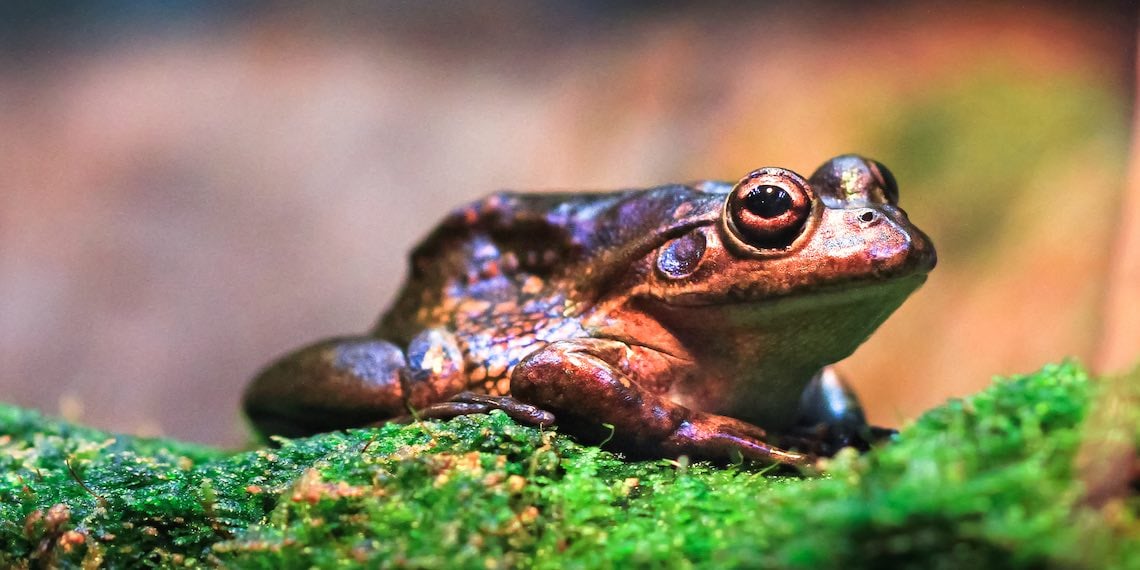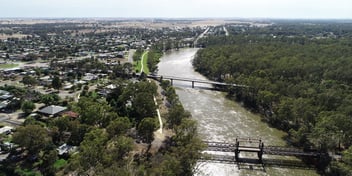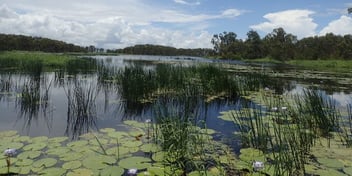Hearing wetland health in the sound of water

Thousands of minutes of audio from Nap Nap Swamp in New South Wales's Riverina region have been captured as part of a research project aiming to record how wetlands along the Lachlan and Murrumbidgee rivers respond to an influx of environmental water.
A collaboration between the Australian National University, Charles Sturt University (CSU) and the Environmental Water Office, The Sound of Water project offers the opportunity for us to eavesdrop on all the happenings of wetlands in full swing.
While the interdisciplinary project seeks to monitor the beneficial outcomes of environmental watering for wetlands, CSU Associate Professor in Ecology Skye Wassens said sharing the project publicly also aims to raise awareness of wetland health.
“This project shows how science and design can come together, using ecological data to convey not only facts, but feelings,” she said.
“Wetlands support a very high percentage of the world’s plants and animals. They have great cultural significance and provide food to millions of people. Freshwater wetlands and rivers are also the most endangered ecosystem on the planet.
“This matters because Nap Nap, and thousands of places like it, need the community’s support for their protection.”
Go with the FlowMER
Wassens leads the Murrumbidgee Flow Monitoring Evaluation and Research program (FlowMER), which supports a range of projects, including water quality and carbon dynamics, wetland inundation modelling and remote sensing, vegetation ecology, fish movement and breeding, waterbird ecology and frogs and reptile ecology.
FlowMER’s long-term monitoring has shown that periodic inundation is key for the health of wetland ecosystems, as it cycles nutrients, drives breeding for animals, like birds and frogs, and regenerates trees.
“My research focus has grown out of my interest in frog ecology and conservation, specifically the impacts of river regulation and water diversions on the endangered southern bell frog, and how we might best manage water to protect wetland species,” Wassens said.
“From there, I partnered with other scientists with interests in other aspects of wetland ecology.
“Our program is designed to help communities and governments plan for the protection of wetlands and their plants and animals.”


